Norman Foster's new Guggenheim exhibition tracks the impact of cars on high culture and design
By Josh Niland|
Thursday, Apr 7, 2022
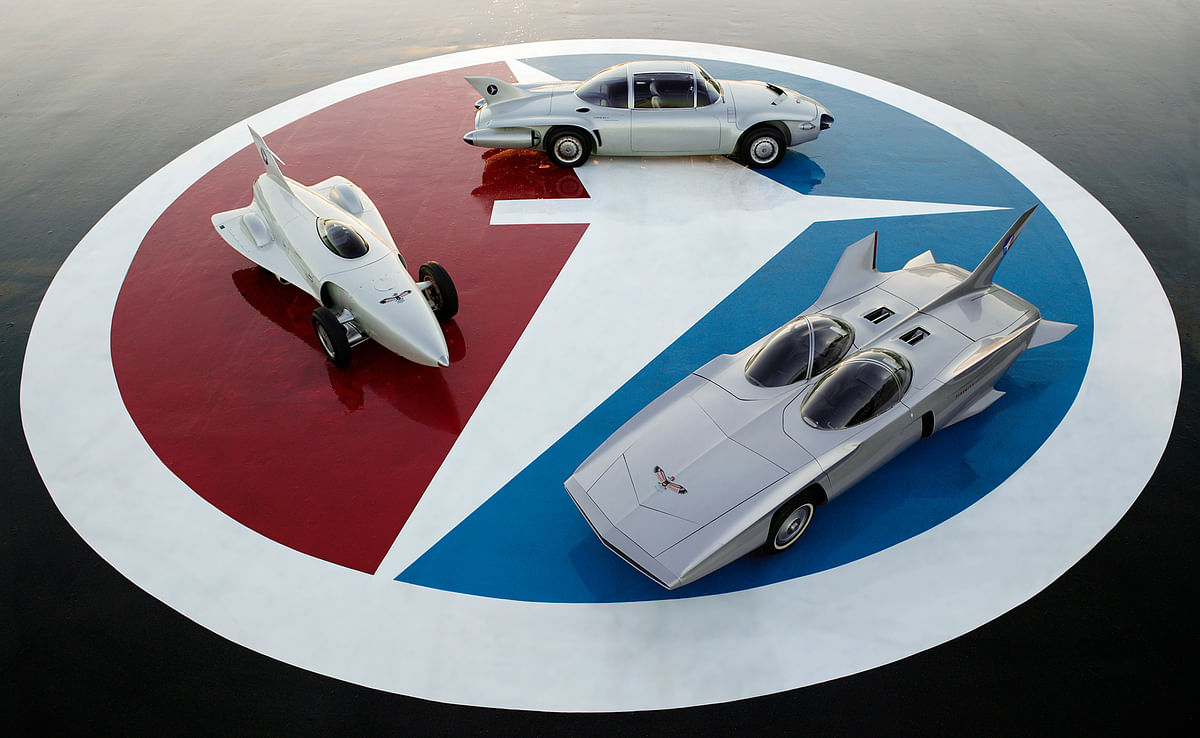
Related
In line with its namesake’s well-documented fondness for four-wheeled transportation methods, the Norman Foster Foundation has put together a new exhibition titled Motion. Autos, Art, Architecture that opens tomorrow at the Guggenheim Museum Bilbao.
Sponsored by Volkswagen and the local utility conglomerate Iberdrola, the exhibition will explore mobility through the lens of the car and its visual links to the creative arts and architecture as a kind of critical examination and “requiem” for the final days of gasoline-powered combustion engines.
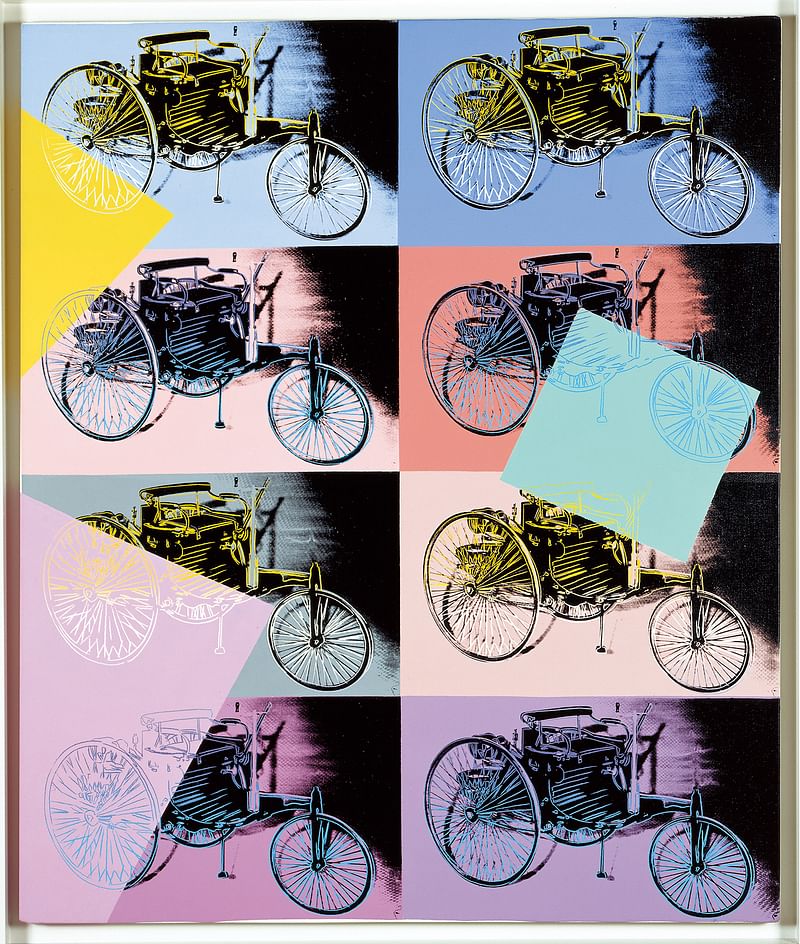
Spread throughout ten spaces and arranged chronologically into seven different thematic galleries — Beginnings, Sculptures, Popularising, Sporting, Visionaries, Americana, and Future — that start off in the early days of the automobile and culminate in a four-part corridor enhanced with a clay model-making studio and immersive sound experience.
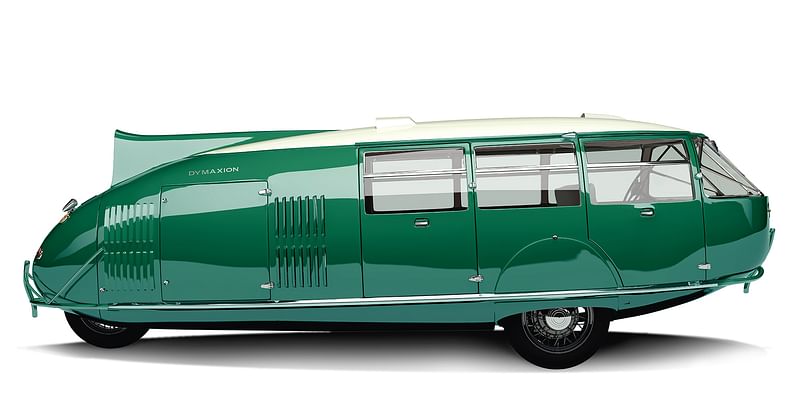

The first gallery uses the nascent technologies of film and photography to document the streamlining and eventual mass-manufacture of cars on their way to becoming an eventual “symbol of modernity,” showcasing the paradoxical notion that what started as a relief to the pollution caused by horse-drawn vehicles has evolved into a modern-day burden with an outsized role in our impending ecological collapse.

Next, the Sculptures gallery centers the Bugatti Type 57SC Atlantic and three other rare car models around superlative examples from Alexander Calder and Henry Moore to produce an affirmation of Arthur Drexler’s early-50s observation of the automobile’s artistic form. This is followed by a chronicling of the democratization of their availability and post-war transition into sporty, high-speed collector’s items as evidenced by their representation in fashion, and the cultural fascination with what Ralph Nader called “psychosexual dreamboats.”

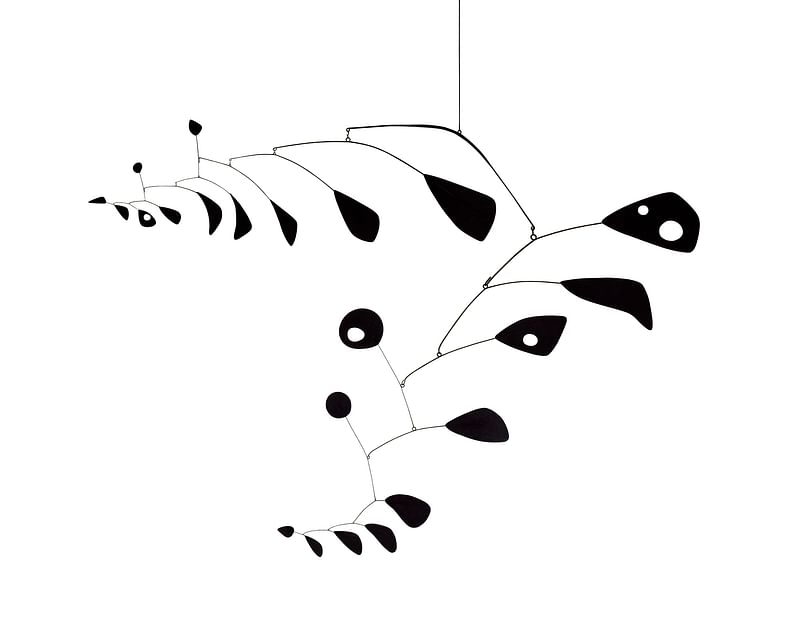
Visionaries then takes visitors through a short history of the utopian notion of the vehicle presented by the juxtaposing of three General Motors examples with several works by Italian Futurist painters and models of Eero Saarinen’s landmarked 1956 design for the company’s Technical Center in Warren, Michigan.
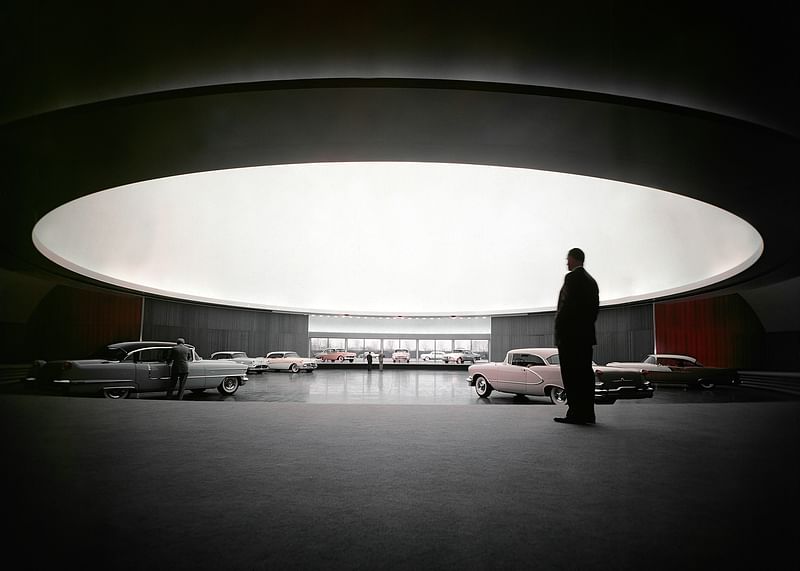
Americana follows with an examination of the role cars play in U.S. popular culture, suburban development, and economics. A young Norman Foster was heavily impacted by a grad school road trip with Yale classmate Richard Rogers, and this romantic notion of setting out across a “big country” populated by the diners and filling stations of Ed Ruscha and Robert Indiana is presented side by side with even more sculptures and several typical examples of vehicular styling of the time.

Finally, the last gallery, Future, wraps things together with an exhibition featuring the works of students from sixteen different international design schools invited by the foundation to consider what might come next for the car ahead of its 200th anniversary at the end of this century.
The exhibition will run from April 8th until September 18th. More information about visiting the museum can be found here.
RELATED EVENT Motion. Autos, Art, Architecture

RELATED NEWS RIBA announces the winner of the 2021 Norman Foster Travelling Scholarship

RELATED NEWS Architectural investigation of global refugee camps wins 2020 RIBA Norman Foster Travelling Scholarship


Share
0 Comments
Comment as :